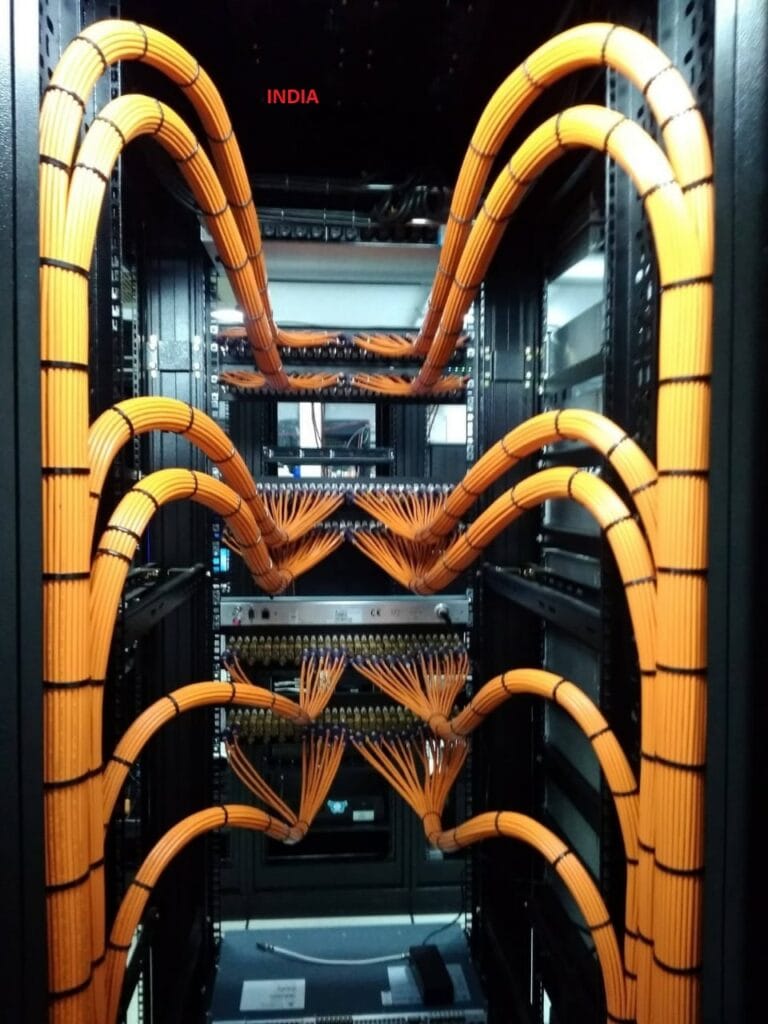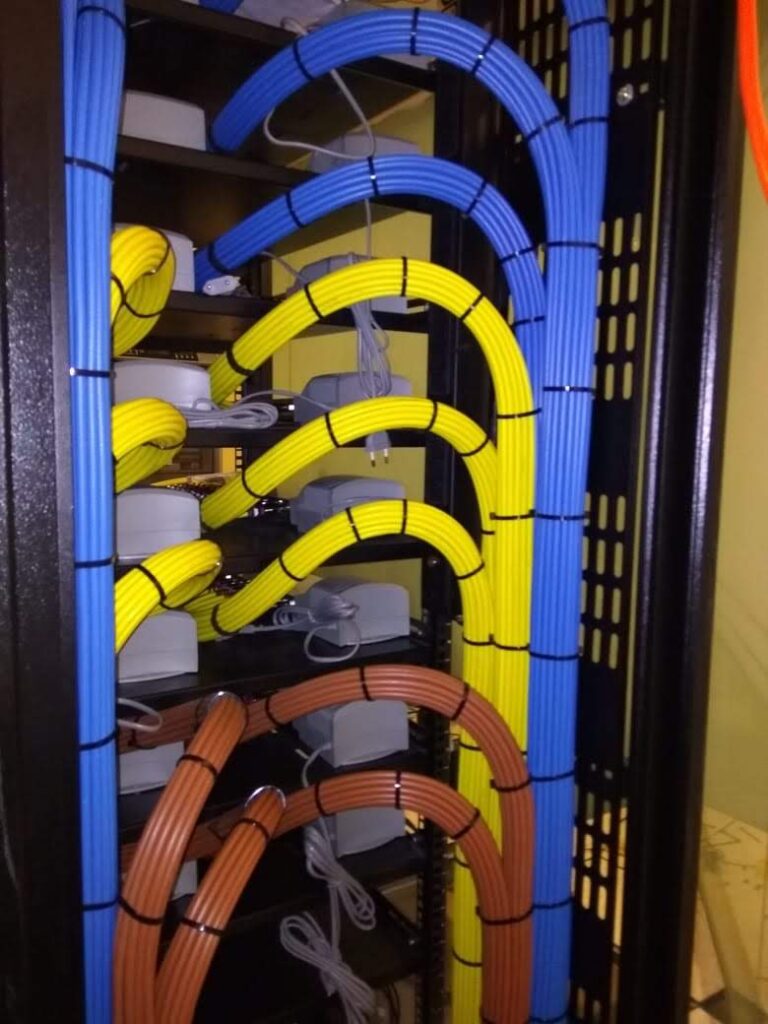Structured Cabling
Structured cabling is a standardized system of cables, connectors, and hardware designed to support data and telecommunications in buildings. It follows industry standards, providing efficient and scalable connectivity for Ethernet, telephone, and more. This organized approach minimizes disruptions and maintenance costs while enhancing network performance.

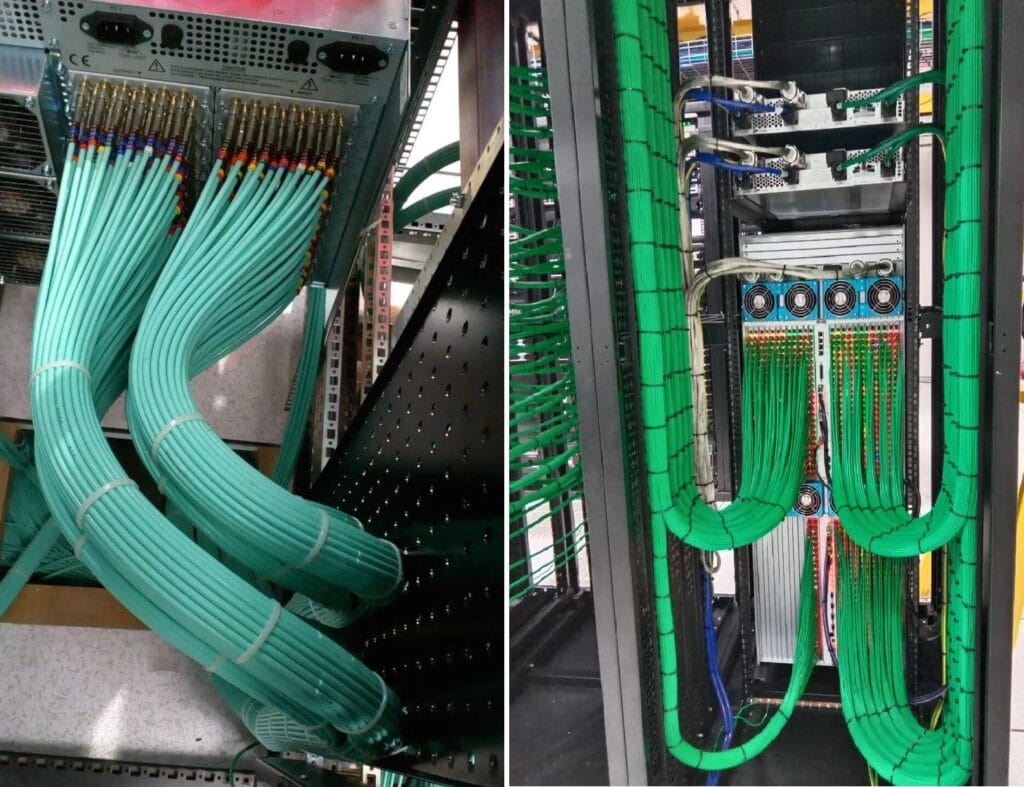
Customized Design & Professional Deployment
- Every project begins with a tailored design and consultation. Professional technicians handle full deployment—ensuring minimal disruption and optimal integration with your environment
- Our solutions ensure high-performance, low-latency connections ideal for Ethernet, VoIP, CCTV, and more—ensuring network consistency across devices and applications
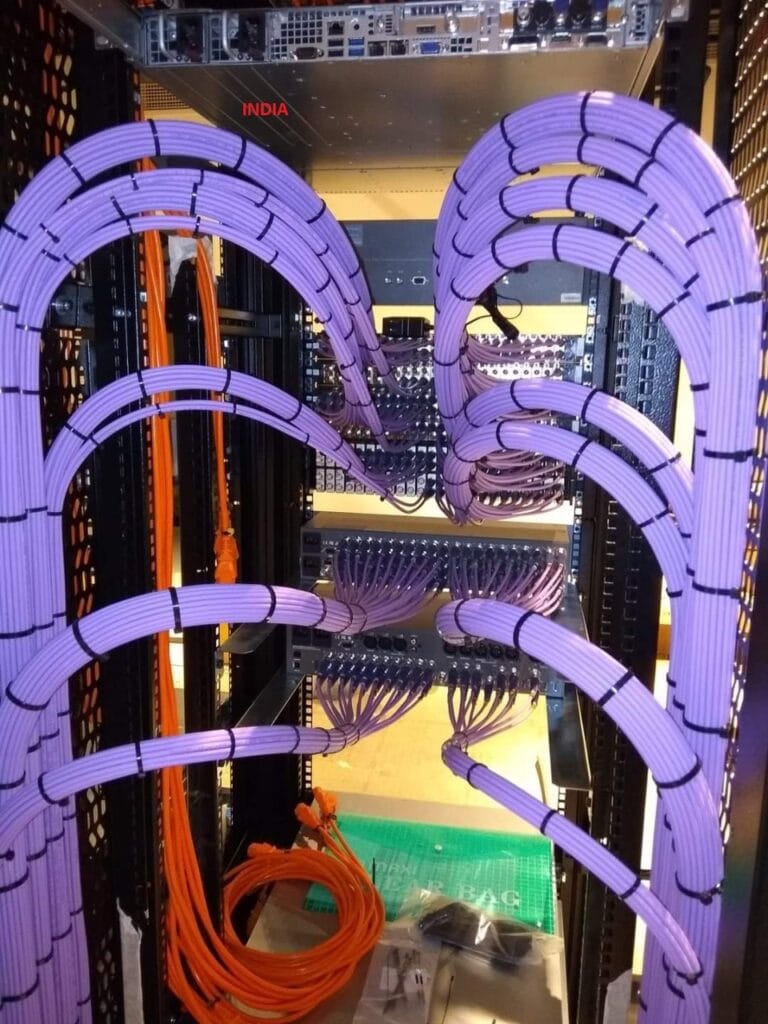
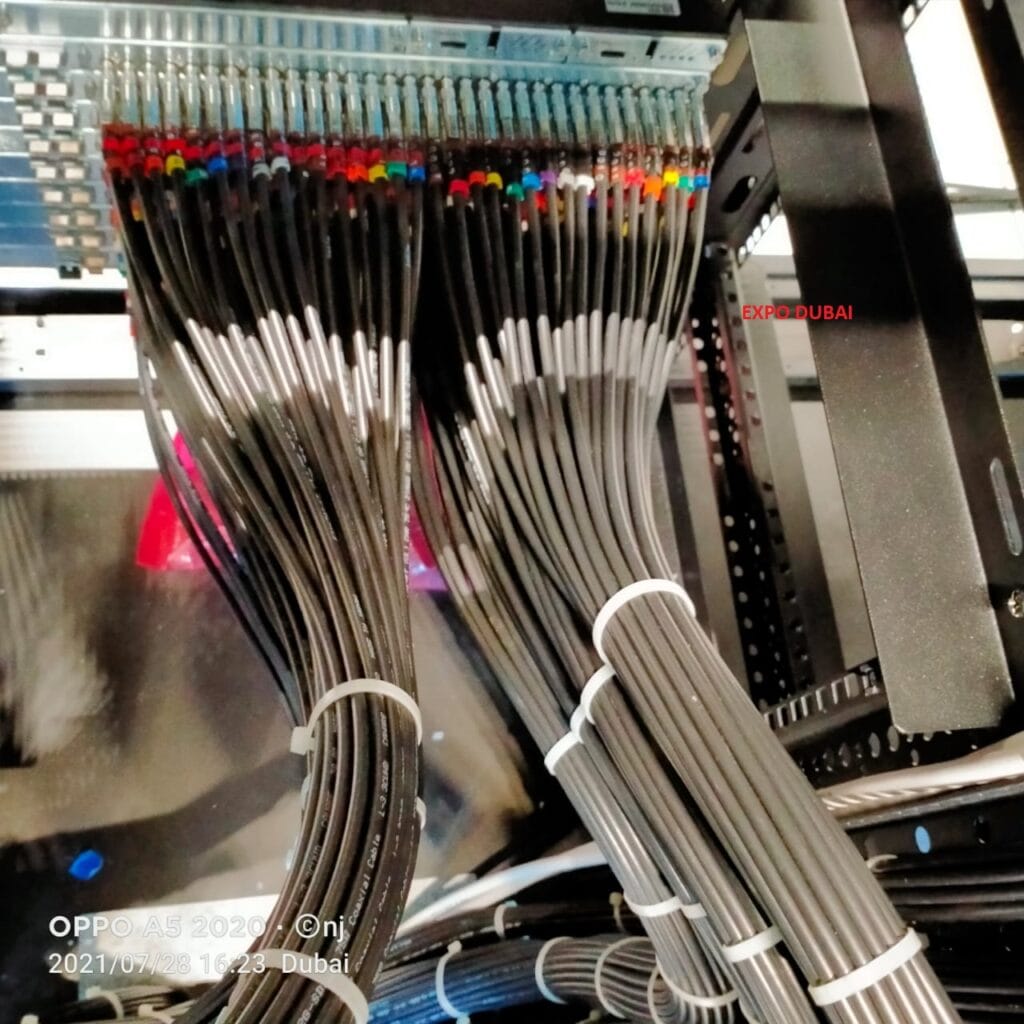
Scalability & Future‑Proof Design
- Designed for growth, Trisys cabling supports future expansions—easily accommodating new workstations, technologies, or floors without disruptive rewiring
- We provides end‑to‑end structured cabling systems based on modular subsystems (entrance, backbone, horizontal, telecom rooms, work‑area), aligning with TIA/EIA and ISO standards for unified data, voice, and video infrastructure
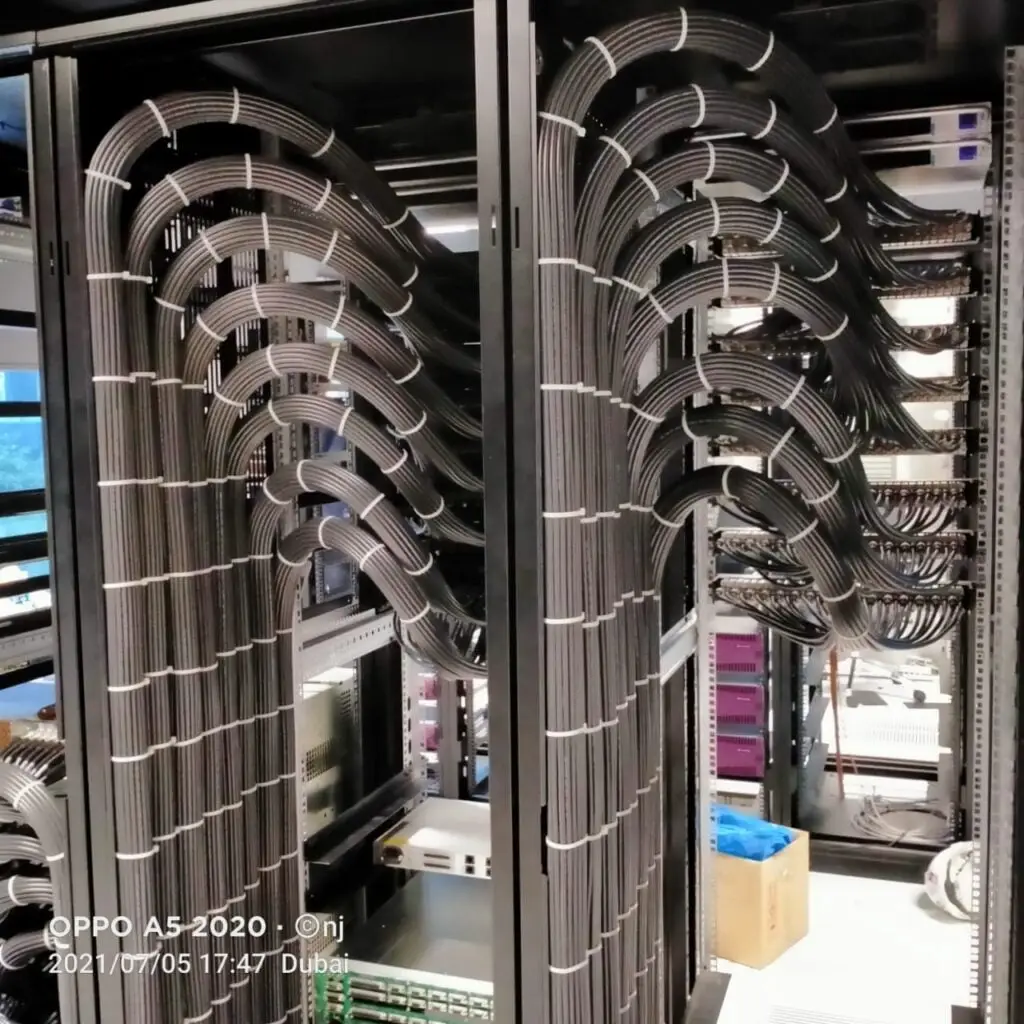
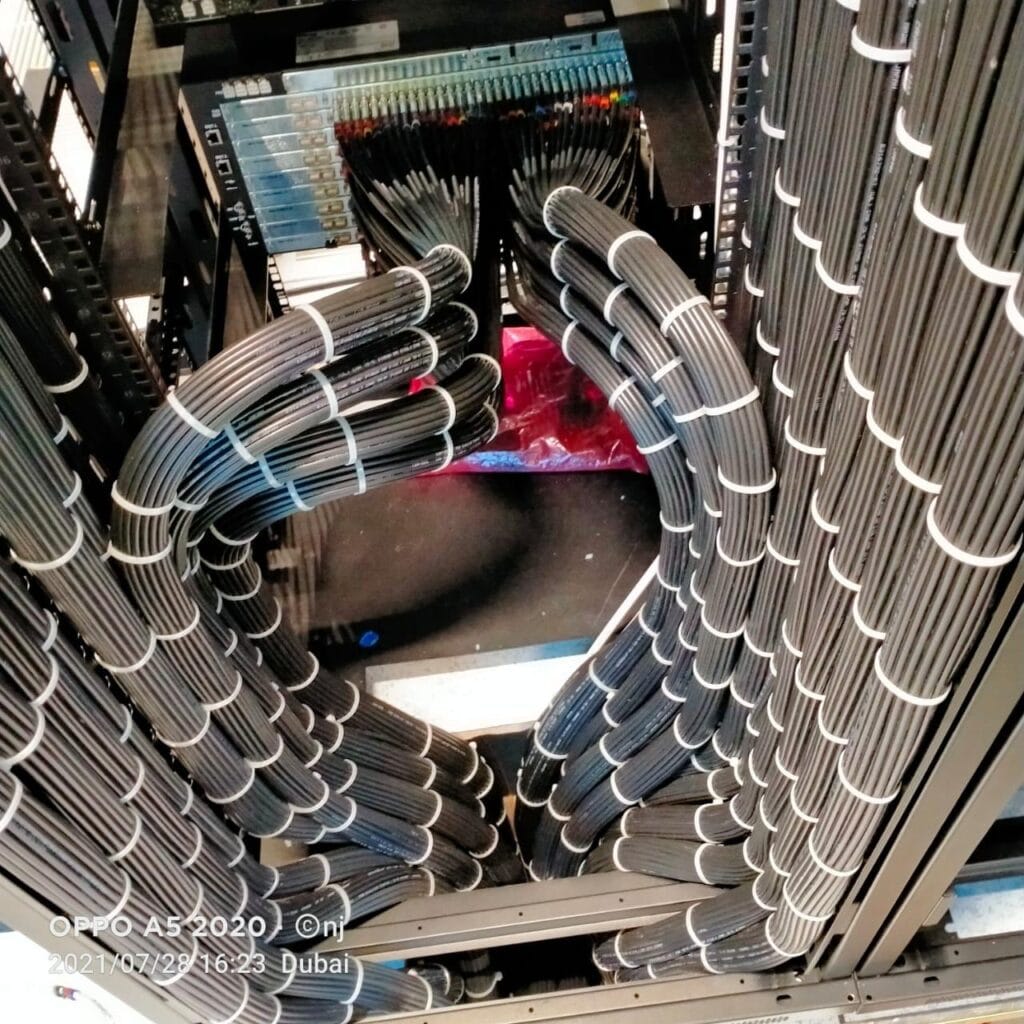
Organized Installations, Certified Quality & Compliance
- Our Technicians follow industry standards (TIA/EIA-568, ISO/IEC 11801), using high-grade materials like Cat 5e/6/6A/7 and fiber optics
- Our installations are clean and structured—with color-coded, labeled cables in centralized racks—enhancing safety, airflow, and aesthetics
- After installation, we conduct full testing and certification (e.g. Fluke or equivalent equipment) to ensure performance meets spec before commissioning .
